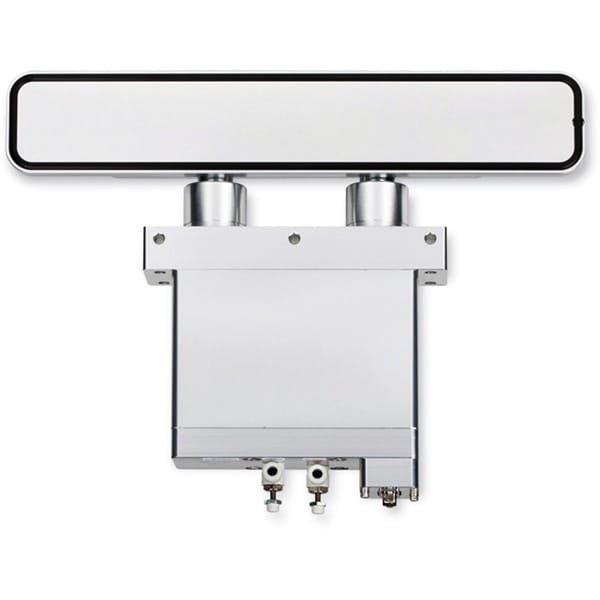Features
- Semi standard application (Semi E21-94, Semi E24-92, Semi E21.1-1296)
- Dust seal on the vacuum side of the bonnet flange that virtually eliminates particulate from entering the bellows
- Particle and vibration free
- Realization of exact L-motion
- Easy maintenance
Options
- Custom sizes available
- Various o-ring compounds (Kalrez®, Chemraz®, etc.)
- Double gate seal door valve available
Specifications Table
| Temperature (°C) | Valve body: 120°C Valve actuator: 80°C |
| Pressure Range (torr) | 1 X 10-9 mbar – ATM |
| Differential Press (torr) | ≤ 1.0 bar in either direction |
| Material | Valve body, bonnet seal: AL6061 Gate: AM350 Valve actuator: SS 304, AL6061 |
| Seal Material | Fluorocarbon (option KALREZ, ETC) |
| Leak Rate (cc/sec) | <1 X 10-9 mbar. l/s |
| Cycles Until Service (approx.) | ≥ 3 million |
| Position Indicator | SMC: D-A93 |
| Operation | Double acting |





Reviews
There are no reviews yet.